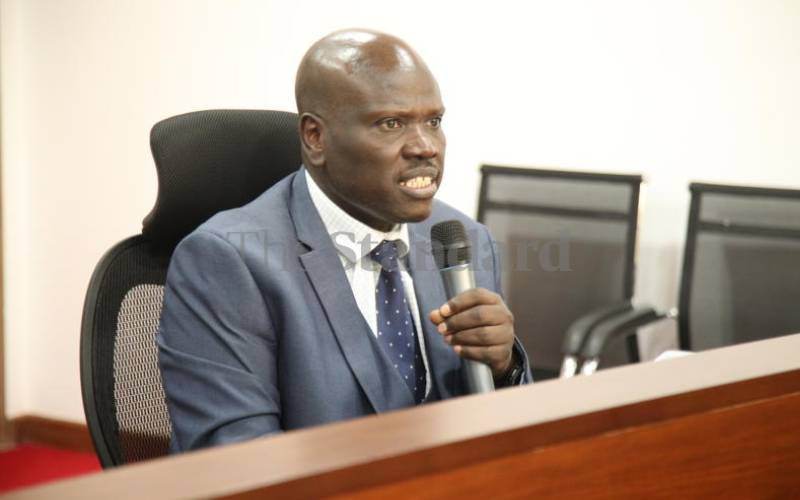Kenya: The Radiation Protection Board wants the Government to publish strict standards for the importation of x-ray machines to protect Kenyans against obsolete and dangerous technologies.
A senior official with the board, Arthur Koteng, yesterday said the entry of sub-standard X-ray and other radiation diagnostic machines could be adding to the already increasing burden of cancer.
Mr Koteng was presenting preliminary findings of a national safety study on radiology that the board is currently carrying out. The presentation was made yesterday at an ongoing Pan African Congress for Radiographers in Nairobi.
The study is reviewing the safety status of workers at radiation units and patients and according to Koteng, it was initiated following complaints of recurrent headaches by radiographers working at a busy hospital in Nairobi. “Interim calculations indicate that many radiographers are receiving doses much way above the maximum dose limits,” he told the meeting, which will be officially opened this morning.
Koteng said from the study, they will make tough recommendations that will be the basis for a policy that will totally change the way current radiation premises are designed and machines are procured.
In some units, the board has found radiation escaping to adjacent rooms, thus affecting other workers, who may totally be unaware of the dangers they are in. The board will also recommend that workers and patients be put on protective clothing that meet international standards.
RENOVATE PREMISES
New applicants wanting to put up radiation facilities such as x-rays and CT-Scans will have to construct their offices in a manner that no radiation is emitted outside operation rooms to the neighbourhood. “Those already in operation will be required to renovate their premises to attain the same safety standards,” he said.
Chief Medical Radiologist at Kenyatta National Hospital (KNH) Wambani Sidika said the high demand for these services is putting a lot of strain on medical workers, which in the long run could pile up into many costly health mistakes. “We have three radiologists for every one million people, with a single person performing 325,000 examinations per year,” said Dr Sidika.
Sidika said while the radiologists and doctors welcome the new medical facility programme launched by the Government recently, it mush be accompanied by a comprehensive personnel upgrade programme.
As it is, already a lot of clinicians handling such facilities even at KNH lack the basic knowledge of the harmful effects of radiation.
 The Standard Group Plc is a
multi-media organization with investments in media platforms spanning newspaper
print operations, television, radio broadcasting, digital and online services. The
Standard Group is recognized as a leading multi-media house in Kenya with a key
influence in matters of national and international interest.
The Standard Group Plc is a
multi-media organization with investments in media platforms spanning newspaper
print operations, television, radio broadcasting, digital and online services. The
Standard Group is recognized as a leading multi-media house in Kenya with a key
influence in matters of national and international interest.
 The Standard Group Plc is a
multi-media organization with investments in media platforms spanning newspaper
print operations, television, radio broadcasting, digital and online services. The
Standard Group is recognized as a leading multi-media house in Kenya with a key
influence in matters of national and international interest.
The Standard Group Plc is a
multi-media organization with investments in media platforms spanning newspaper
print operations, television, radio broadcasting, digital and online services. The
Standard Group is recognized as a leading multi-media house in Kenya with a key
influence in matters of national and international interest.






